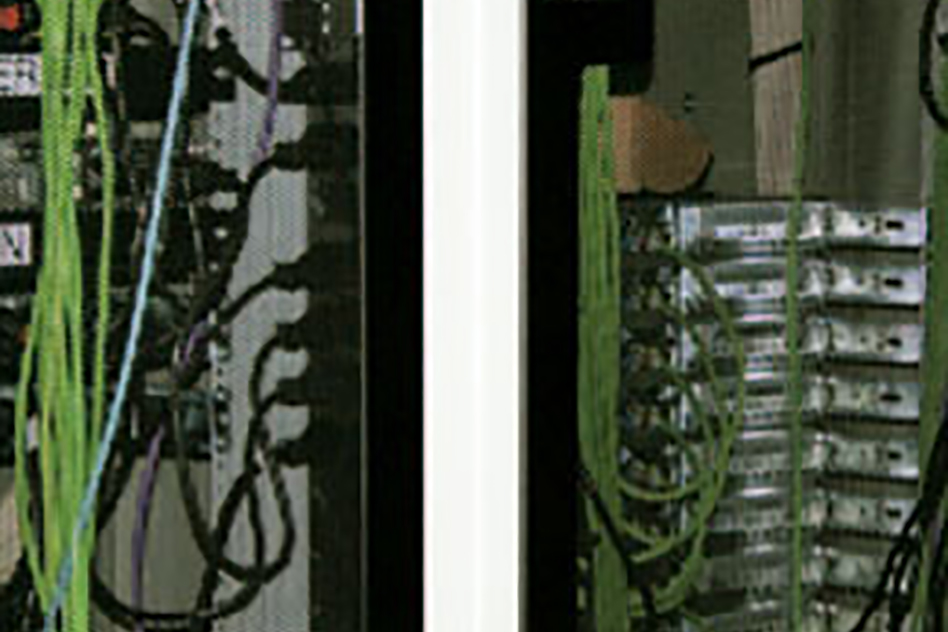
MIT is one of just 24 building owners and projects nationwide selected to participate in a $21 million US Department of Energy (DOE) initiative to accelerate the adoption of cost-effective energy-saving measures in commercial buildings.
The Commercial Building Partnership initiative teams corporate entities with researchers at DOE’s national laboratories and building experts in the private sector. The teams will design, construct, measure, and test low-energy building plans in an effort to improve energy efficiency.
“DOE’s selection of MIT is a reflection of the maturity of campus energy activities,” says Steven M. Lanou, deputy director of the Sustainability Program in the Environment, Health, and Safety Headquarters Office. “The DOE is interested in partnering with organizations that have strong and proven energy efficiency programs, and our Department of Facilities has established a leading position.”
MIT qualified for the program through a competitive process that evaluated potential participants based on five criteria: likelihood of achieving significant energy savings; probability of success; potential for widespread deployment of energy-saving tools and strategies; contribution to the Commercial Building Partnership portfolio of energy-saving solutions; and commitment of resources to improving energy efficiency.
The DOE hopes to achieve 30% measured energy savings in existing buildings and 50% energy savings in new construction projects through the Commercial Building Partnership, according to US Energy Secretary Steven Chu, who announced the program in November 2010. The partnership is funded via the American Recovery and Reinvestment Act.
”These Recovery Act projects are bringing together experts from our national laboratories and the private sector to help businesses and organizations reduce the energy they use in their facilities, saving them money on their energy bills and making them more competitive economically,” Chu said in a press release. ”This initiative will also demonstrate to other commercial building operators that cost-effective, energy-efficient technologies exist today that will help lower the operating and energy costs of their buildings.”
MIT has been partnered with Lawrence Berkeley National Laboratory and its team of consulting firms, which are providing technical assistance to help identify worthwhile projects for two buildings on campus: the Stata Center (32) and W91, which houses the data center for Information Services and Technology.
A host of approaches and technologies are being weighed for these buildings as part of the program. Lighting is the primary focus at the Stata Center, and heating, ventilation, and air conditioning (HVAC) at W91.
In the Stata Center, MIT is considering a suite of approaches, including replacing incandescent bulbs with long-life LED sources in lecture halls for both energy and maintenance benefits; daytime dimming controls to harvest the abundant natural light the Stata Center affords; and wireless controls to enable the new systems.
HVAC measures under consideration for W91 include air distribution improvements at the computer racks, including temperature monitoring that will allow operators to confidently reduce the use of computer room air handlers when possible. The team is also evaluating ways to use outside air to cool the computer room when temperatures are favorable by employing water-side or air-side economizers.
“The relationship developed [between MIT and the DOE] through this project has been mutually beneficial,” says Julia Ledewitz, sustainability coordinator for the Department of Facilities and a member of the System Engineering Energy Team that is overseeing the collaboration. “MIT has received new ideas about energy solutions, and we’ve also shared our own best practices and energy solutions for both common and unique energy problems in laboratory and academic buildings.”
This article appears in the Autumn 2011 issue of Energy Futures.